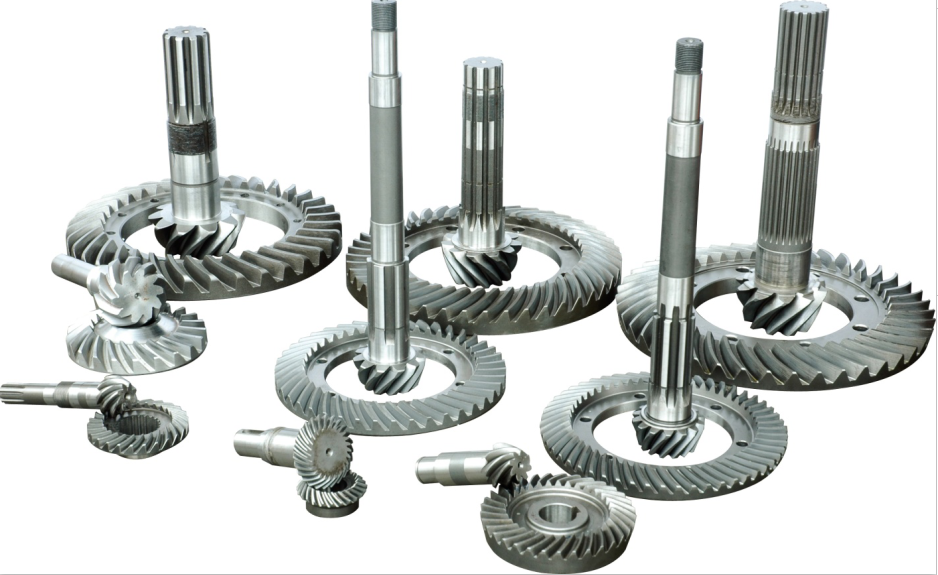
The manufacturing process of worm gears involves several stages, from initial design to the final production of the gears. Let’s explore the typical steps involved in manufacturing worm gears:
1. Design and Engineering: The manufacturing process begins with the design and engineering phase, where the gear specifications, requirements, and application considerations are defined. This includes determining the gear ratio, lead angle, dimensions, material selection, and any specific design features required.
2. Material Selection: Based on the application requirements, suitable materials are chosen for the worm and worm gear. Common materials include alloy steels for the worm and bronze or cast iron for the worm gear. Material selection depends on factors such as load capacity, wear resistance, and cost.
3. Gear Cutting: The next step is gear cutting, where the worm and worm gear are formed. Gear cutting can be done through various methods, including hobbing, milling, or shaping. Hobbing is the most common method, where a hob with a specific tooth profile is used to cut the gear teeth progressively.
4. Heat Treatment: After gear cutting, the worm and worm gear may undergo heat treatment processes to enhance their mechanical properties. Heat treatment methods such as carburizing, quenching, and tempering are used to improve hardness, strength, and wear resistance.
5. Gear Finishing: Once the heat treatment is complete, the gears undergo finishing operations to refine the tooth profile, surface finish, and dimensional accuracy. This may involve grinding, lapping, or honing processes to achieve the desired gear quality.
6. Inspection and Quality Control: Throughout the manufacturing process, inspection and quality control play a vital role. Gears are inspected for dimensional accuracy, tooth profile conformity, surface finish, and other critical parameters. Inspection techniques include coordinate measuring machines (CMM), gear analyzers, and visual inspection.
7. Assembly: In some cases, worm gears may be assembled with other components to form a complete gear system. This can involve mounting the worm gear on a shaft, fitting bearings, and ensuring proper alignment for optimal performance.
8. Lubrication and Packaging: Before shipment, worm gears are lubricated with the appropriate lubricant to ensure smooth operation and reduce friction. They are then carefully packaged to prevent damage during transportation and storage.
It is important to note that the manufacturing process may vary depending on the specific requirements, complexity, and scale of production. Advanced manufacturing technologies, such as CNC machining and automation, can streamline the process and enhance efficiency and precision.
Throughout the manufacturing process, adherence to quality standards, careful inspection, and continuous improvement are essential to ensure the production of high-quality worm gears that meet the intended specifications and performance requirements.
